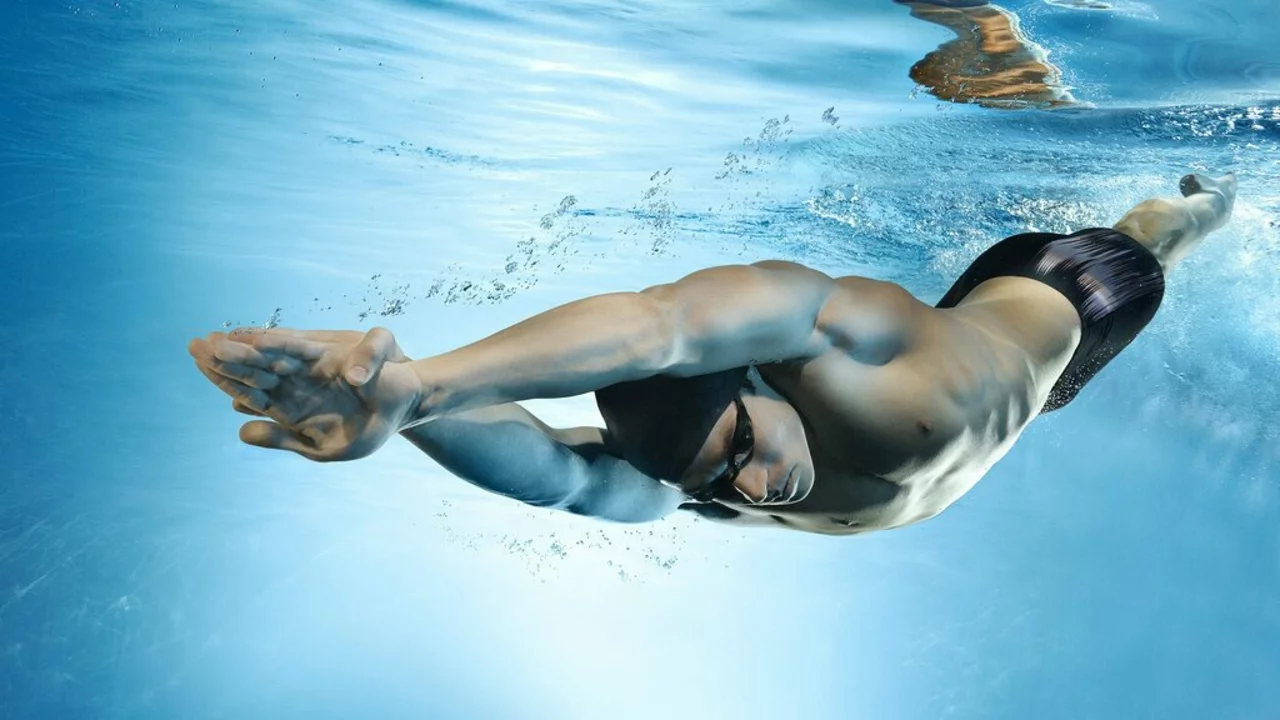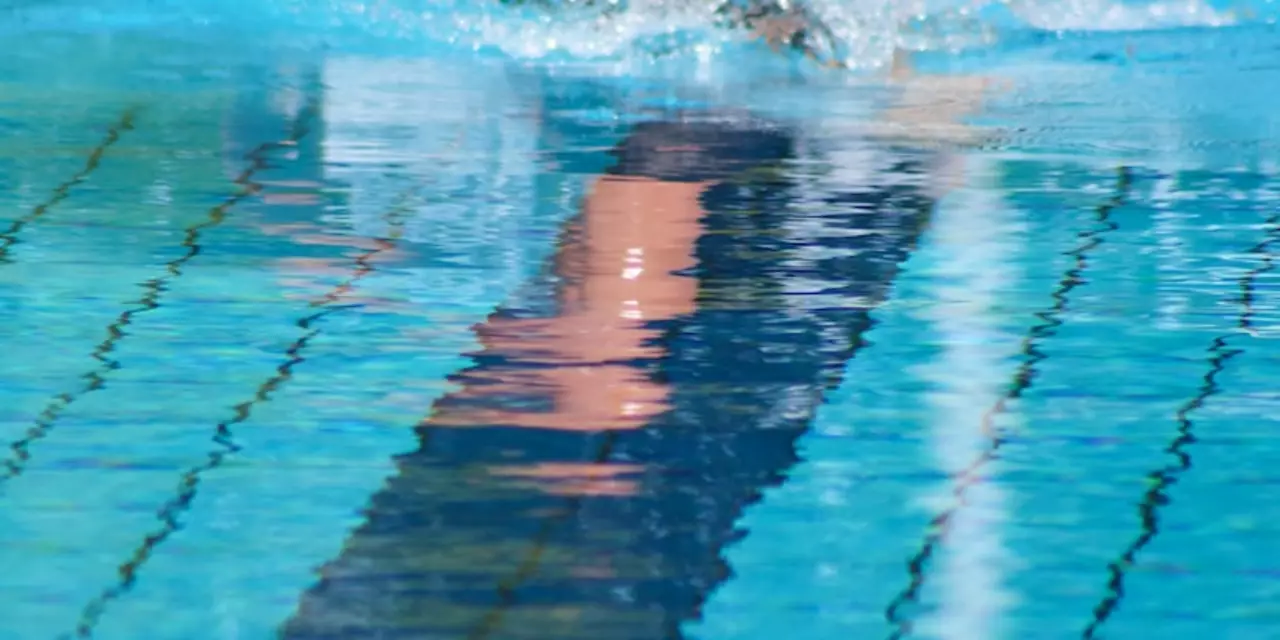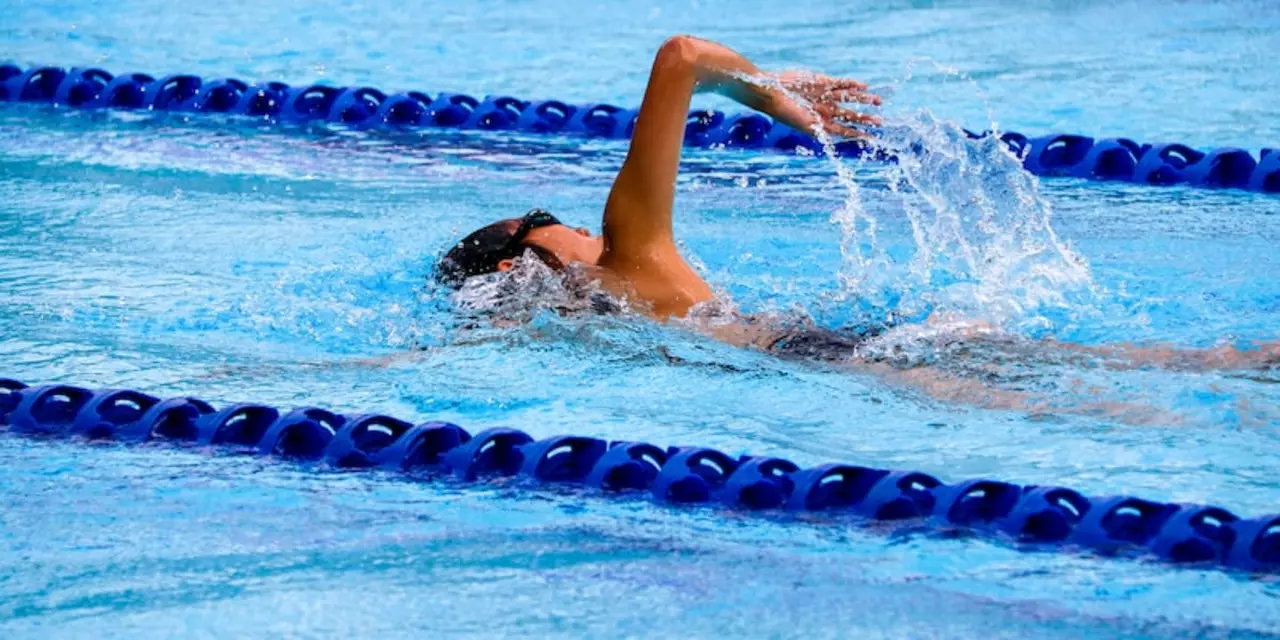Swimming – Tips, Benefits, Safety & Training Guide
Welcome to the swimming tag page. Whether you splash in a pool, glide in the ocean, or train for a race, you’ll find practical advice right here.
Why Swim Regularly?
Swimming is a low‑impact workout that works every major muscle group. A 30‑minute session can boost heart health, improve lung capacity, and build strength without stressing joints. Because water supports your body, you can keep moving even if you’re recovering from an injury.
Long‑term swimmers often notice better flexibility and lower stress levels. The rhythmic breathing and smooth strokes act like moving meditation, helping you unwind after a busy day.
Parents wonder if infant swimming lessons are worth it. Early exposure teaches babies to feel safe in water, promotes bonding, and lays the foundation for future skill development. Experts recommend classes that focus on water comfort rather than rigorous drills.
Staying Safe in the Water
Safety starts with basic rules: never swim alone, respect posted depth signs, and know your limits. If you’re heading to the open sea, check local tide charts and be aware of marine life.
Curious about swimming with hammerhead sharks? These sharks are shy and usually keep their distance, but you should still have a guide and follow local regulations.
In a pool, keep an eye on the water’s temperature and avoid diving in shallow areas. Using proper lane etiquette reduces collisions and makes the experience smoother for everyone.
Competitive swimmers often look up to record‑breakers like Michael Phelps, who earned 28 Olympic medals. His training mix of endurance sets, sprint work, and recovery days shows that variety fuels progress.
Choosing between a beach and a pool depends on what you want. Beaches offer waves, sand, and a natural feel, while pools provide consistent depth, lane lines, and easy access to equipment. Both environments can boost your cardio, so pick the one that fits your mood.
Ready to improve your technique? Start with the basics: perfect your breathing, keep your body streamlined, and practice a steady flutter kick. Add drills like “catch‑up” or “one‑arm pull” to isolate weaknesses.
Remember, every swim session counts. Even a short, relaxed lap can lift your mood and support long‑term health goals. Keep the schedule realistic, stay hydrated, and celebrate progress, no matter how small.
Got a question or a cool swimming story? Join the conversation in the comments and share what keeps you moving in the water.




